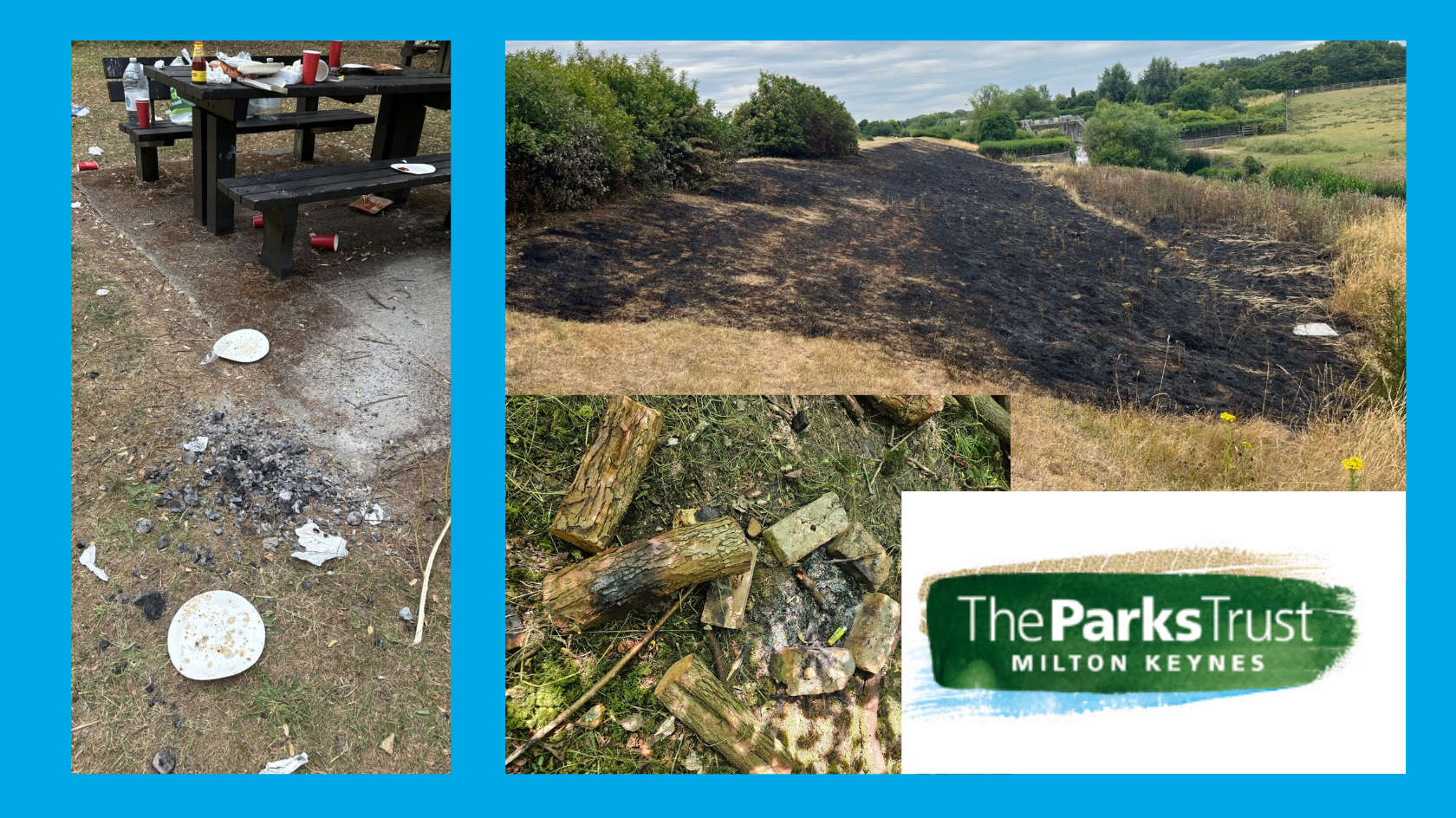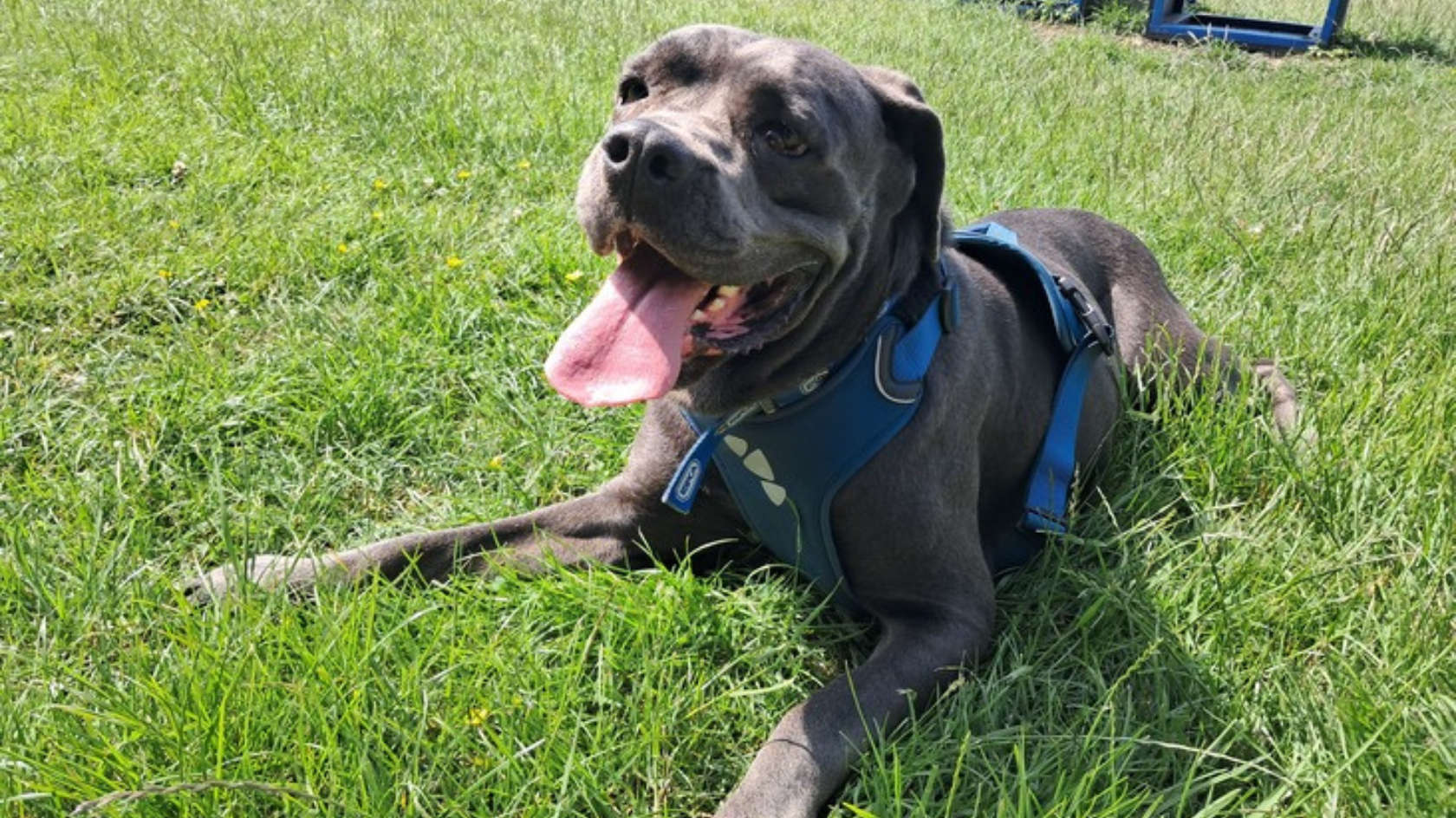
A case of Alabama Rot has been discovered in Buckinghamshire for the first time, leading to a stark warning for owners to be on the look out.
The case was detected in the Longwick area of the county, the first-ever case in Buckinghamshire.
Alabama Rot as it's known is the nickname for Cutaneous and renal glomerular vasculopathy (CRGV) which was first found in the 1980s but wasn't reported in the UK until 2012.
Since then there has been a total of 286 confirmed cases, 17 of those in this year alone.
Unfortunately, CRGV has a mortality rate of 90% and any dogs with unexplained skin lesions on their body should be seen by a vet immediately.
Anderson Moore Veterinary Specialist in Winchester has been researching the disease since it was detected in 2012.
David Walker, who heads the team at Anderson Moore, has become the expert on Alabama Rot and has been treating dogs with it.
He said: “Sadly, we find ourselves at the time of year when cases are most commonly identified.
"It is understandably a worrying time for dog owners with regard to CRGV; however, the disease remains rare.
“The disease seems to appear across many counties at this time of year.
"January and February are typically our highest case number months and, sadly, this year is no different.
“We’re advising dog owners across the country to remain calm but vigilant and seek advice from their local vets if their dog develops unexplained skin lesions.
David Walker has successful managed to treat one dog this year which led to her recovery, however many are not so lucky.
He said: “If a dog becomes affected by CRGV, the best chance of recovery probably lies with early and intensive veterinary care which may be best provided at a specialist facility such as Anderson Moores.
“Treatment primarily revolves around intensive management of the acute kidney injury and is sadly only successful in around 10 per cent of cases.
“However, the team here at Anderson Moores successfully treated a suspected case of CRGV in a Labrador Retriever.
"Molly was referred to our internal medicine team due to limb swelling and a deep, painful ulcerative lesion on one of her legs.
“Following four days of intensive treatment, her condition started to improve and we began to cautiously hope she would survive the disease.
"Molly continued to slowly improve and, after two nerve-wracking weeks, she was discharged to continue her recovery at home.
“Recovery for patients such as Molly is often prolonged but she has continued to do well.
“Sadly, stories such as Molly’s are relatively rare, with CRGV remaining a devastating disease, without a known cause or treatment.
"The disease has taken away many beloved dogs from their families.”















